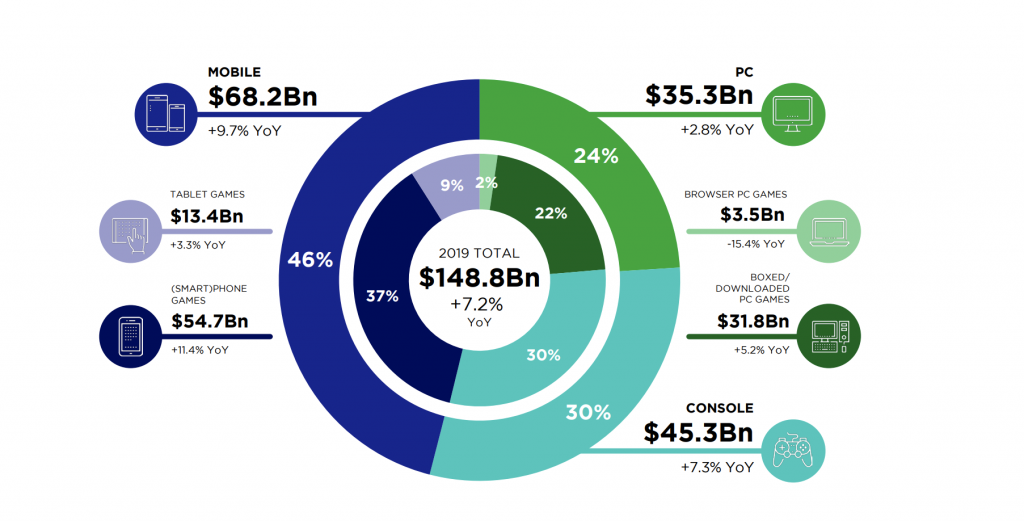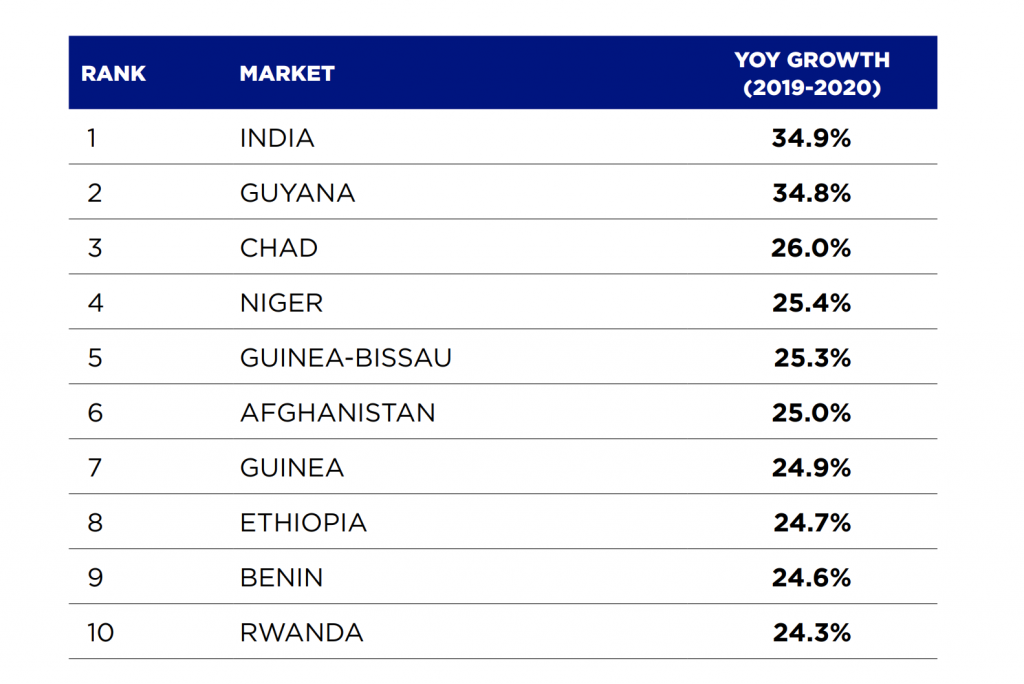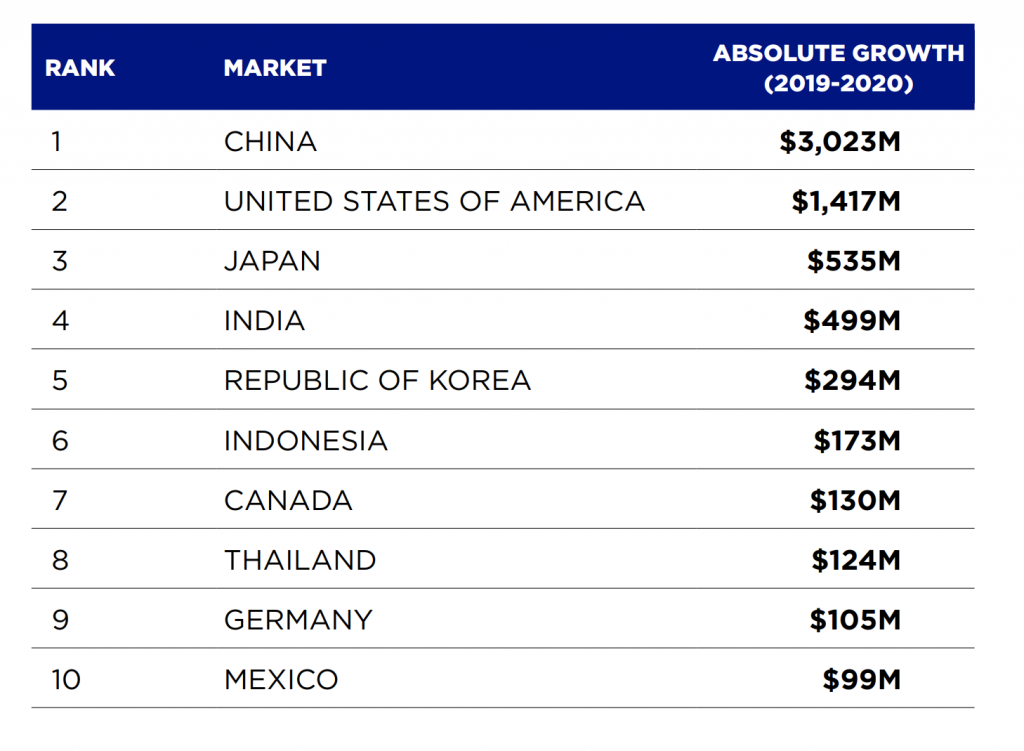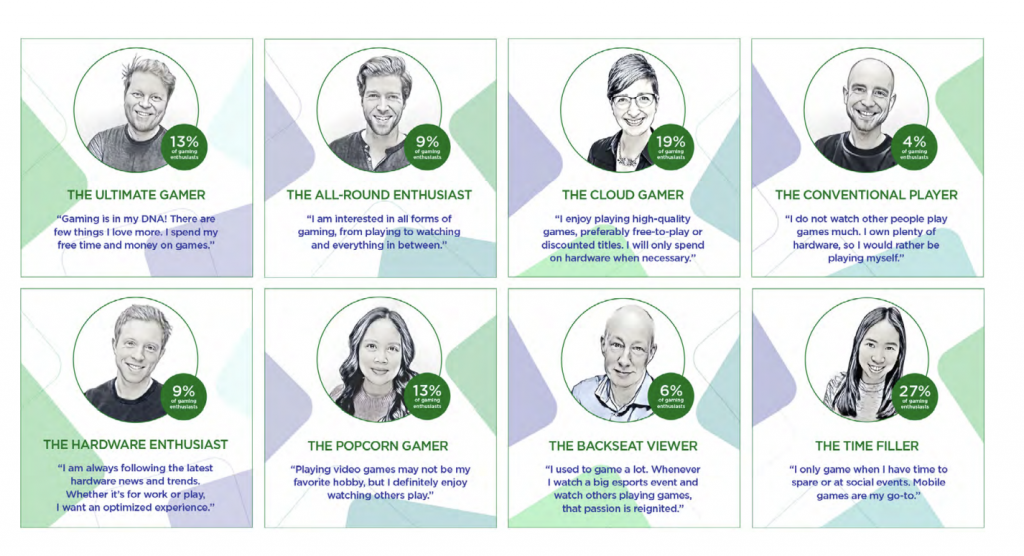The gaming industry has experienced exponential growth in recent years, becoming one of the most lucrative and influential sectors of the entertainment market. With the advent of new technologies and platforms, gaming has expanded beyond traditional boundaries, capturing the interest of diverse demographics worldwide. This article aims to delve into the current state of the gaming market, focusing on the general share of platforms (PC, Console, Mobile, and others), profiling gamers, and examining the future impact of cloud gaming on PC, consoles, and game publishers. This article was based on Newzoo’s report.

I. General Share of Platforms
- PC Gaming: PC gaming has long been a cornerstone of the gaming industry, providing gamers with powerful hardware and customizable experiences. Despite the rise of consoles and mobile gaming, PC gaming continues to hold a significant share of the market. Its strengths lie in the accessibility of a vast library of games, the ability to modify games and create user-generated content, and the potential for cutting-edge graphics and performance.
- Console Gaming: Consoles have played a pivotal role in shaping the gaming landscape, with major players like Sony’s PlayStation, Microsoft’s Xbox, and Nintendo’s Switch capturing the hearts of millions. Consoles offer a streamlined gaming experience, targeting a wide range of gamers with exclusive titles, immersive gameplay, and social features. Console gaming has a dedicated fan base that appreciates the convenience and performance offered by these devices.
- Mobile Gaming: Mobile gaming has experienced a meteoric rise in popularity, driven by the ubiquity of smartphones and tablets. It has expanded the gaming market by appealing to a broader audience, including casual gamers and individuals who may not own dedicated gaming devices. Mobile games often leverage intuitive touch controls and are designed for short bursts of gameplay, making them easily accessible and suitable for gaming on the go.
- Other Platforms: In addition to the dominant platforms mentioned above, other platforms like virtual reality (VR), augmented reality (AR), and emerging technologies such as cloud gaming and streaming services are shaping the future of the gaming market. VR and AR offer immersive experiences that blur the boundaries between the real and virtual worlds, while cloud gaming promises to revolutionize gaming accessibility and eliminate hardware limitations.
The global gaming market has experienced unprecedented growth in recent years, positioning itself as a force to be reckoned with in the entertainment industry. Delving deeper into this dynamic landscape, we explore the countries leading the charge in terms of growth rates and market share. By examining the numbers and market data insights, we gain valuable insights into the evolving gaming market.

I. Countries with the Highest Growth:

- China: China’s gaming market has witnessed explosive growth, establishing itself as the world’s largest gaming market. With an estimated revenue of $40.85 billion in 2021, the country is projected to reach $63.13 billion by 2025. Factors driving this growth include the rise of mobile gaming, the popularity of esports, a large population, and increasing disposable income. The Chinese government’s support for the gaming industry through policies and infrastructure development has further accelerated this growth.
- India: India has emerged as one of the fastest-growing gaming markets globally. With a young population and increased internet penetration, the country’s gaming revenue is expected to reach $3.1 billion by 2024, growing at a CAGR of 40%. Mobile gaming dominates the Indian market, driven by affordable smartphones and widespread availability of high-speed internet. The rise of esports and the proliferation of competitive gaming events have also contributed to India’s gaming market growth.
- Brazil: Brazil’s gaming market has experienced substantial growth, driven by a passionate gaming community and a population of over 200 million people. With an estimated revenue of $1.6 billion in 2021, Brazil is projected to reach $2.6 billion by 2025. Console gaming, mobile gaming, and the growing esports scene have fueled this growth. Government initiatives to promote the digital economy and investments in infrastructure development have further boosted Brazil’s gaming industry.
- Southeast Asian Countries: Southeast Asia has emerged as a hotbed for gaming growth, encompassing countries such as Indonesia, Thailand, Vietnam, Malaysia, and the Philippines. The region’s gaming market revenue is projected to reach $8.3 billion by 2025, growing at a CAGR of 12.7%. The increasing popularity of mobile gaming, the rise of esports, and a young tech-savvy population contribute to the region’s remarkable growth. Mobile-first gaming experiences, localized content, and regional collaborations have been key drivers in Southeast Asia’s gaming industry expansion.
II. Countries with the Largest Market Share:
- United States: The United States commands a substantial share of the global gaming market. With an estimated revenue of $37.9 billion in 2021, the U.S. gaming market is projected to reach $45.4 billion by 2025. Console gaming, PC gaming, and mobile gaming all thrive in the U.S., with a diverse range of genres and platforms catering to a wide audience. The country’s established game publishers, console manufacturers, and esports organizations contribute to its market dominance.
- China: In addition to its impressive growth rates, China also boasts one of the largest market shares in the gaming industry. With an estimated revenue of $40.85 billion in 2021, China’s gaming market is expected to maintain its prominence. PC gaming has traditionally been strong in China, while mobile gaming has seen significant growth due to the ubiquity of smartphones. The Chinese gaming market’s size is driven by its massive population, the popularity of esports, and a thriving ecosystem of game developers.
- Japan: Japan holds a significant market share in the gaming industry, known for its rich gaming culture and iconic game franchises. With an estimated revenue of $21.7 billion in 2021, Japan’s gaming market is expected to reach $24.9 billion by 2025. Console gaming and handheld gaming devices are prevalent in Japan, with a strong emphasis on high-quality gameplay and immersive experiences. The country continues to produce globally renowned game developers and publishers.
- South Korea: South Korea has established itself as a global leader in esports, contributing to its substantial market share in the gaming industry. With an estimated revenue of $6.3 billion in 2021, South Korea’s gaming market is projected to reach $7.6 billion by 2025. PC gaming and competitive multiplayer games, particularly online battle arenas (MOBAs) and first-person shooters (FPS), dominate the market. The country’s esports infrastructure, competitive gaming scene, and supportive government policies have propelled its market share.
II. Profiling Gamers

- Casual Gamers: Casual gamers form a significant portion of the gaming market, drawn to accessible and easy-to-learn games. These gamers often prefer mobile gaming or simpler titles on other platforms and typically spend a limited amount of time gaming. They may prioritize convenience, social interactions, and gameplay that fits into their busy lifestyles.
- Hardcore Gamers: Hardcore gamers are dedicated enthusiasts who invest substantial time and resources into gaming. They often prefer platforms like PC and consoles, seeking complex and immersive experiences with high-fidelity graphics and intricate gameplay mechanics. Hardcore gamers are typically passionate about specific genres and may engage in competitive gaming or esports.
- Social Gamers: Social gamers prioritize multiplayer experiences, enjoying games that foster social interactions and cooperative gameplay. They engage in online multiplayer games, MMOs (Massively Multiplayer Online), and party games, often connecting with friends or forming new communities within gaming platforms. Social gamers span across various platforms, including PC, consoles, and mobile devices.
- Niche Gamers: Niche gamers cater to specific interests and genres, seeking out unique and often unconventional gaming experiences. They may gravitate towards indie games, retro gaming, or games focused on niche genres like simulation, strategy, or role-playing. Niche gamers appreciate creativity, innovation, and a more personalized gaming experience.
III. The Future Impact of Cloud Gaming
- Cloud Gaming and PC: Cloud gaming has the potential to disrupt the PC gaming landscape by removing the need for high-end hardware. With cloud gaming services, gamers can access high-quality games through streaming, eliminating the need for expensive gaming rigs. This opens up gaming to a broader audience, including individuals who may not have the means to invest in powerful hardware. Cloud gaming also allows for seamless cross-platform play, enhancing accessibility and social interactions among gamers.
- Cloud Gaming and Consoles: Cloud gaming poses both challenges and opportunities for consoles. On one hand, cloud gaming services may threaten the traditional console market by offering a wide range of games without the need for a physical console. However, consoles can leverage cloud gaming to enhance their capabilities, expanding their libraries and offering backward compatibility. Console manufacturers have begun embracing cloud gaming by integrating streaming services into their platforms, creating a hybrid gaming experience.
- Impact on Game Publishers: Cloud gaming has the potential to reshape the relationship between game publishers and consumers. With cloud gaming services, publishers can explore subscription models, offering access to a library of games instead of individual purchases. This shift may lead to new revenue streams and innovative business models. Additionally, cloud gaming allows for regular updates and patches, reducing the need for physical distribution and enabling developers to provide ongoing support and content updates for games.
Conclusion
The gaming market is evolving rapidly, driven by advancements in technology and changing consumer preferences. PC, console, and mobile gaming continue to dominate the industry, each catering to different segments of the gaming community. However, the emergence of cloud gaming introduces a transformative force that has the potential to reshape the landscape by increasing accessibility, enhancing cross-platform play, and revolutionizing business models for game publishers. As the future unfolds, it is clear that the gaming market will continue to captivate and engage gamers of all backgrounds, creating new opportunities and pushing the boundaries of interactive entertainment.






